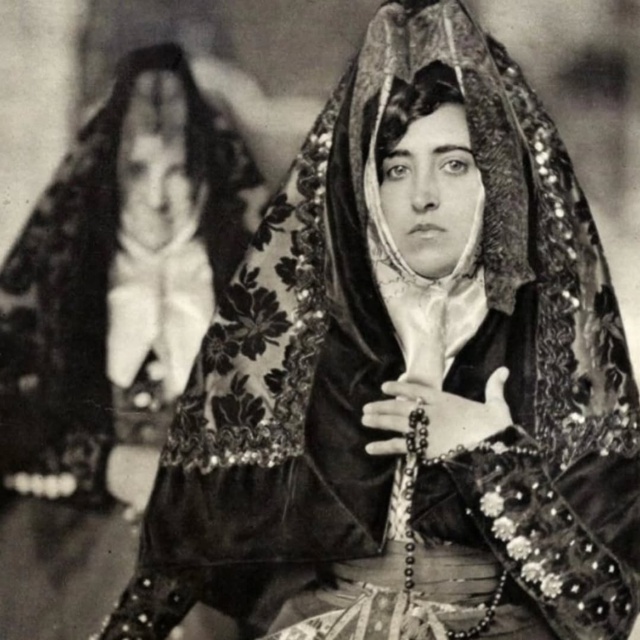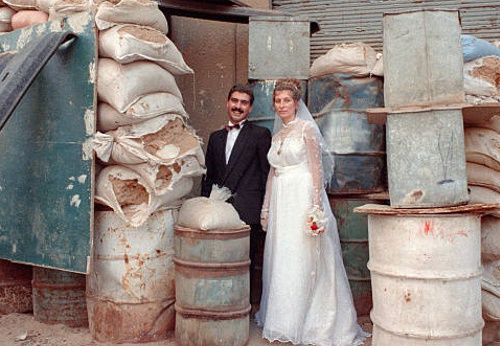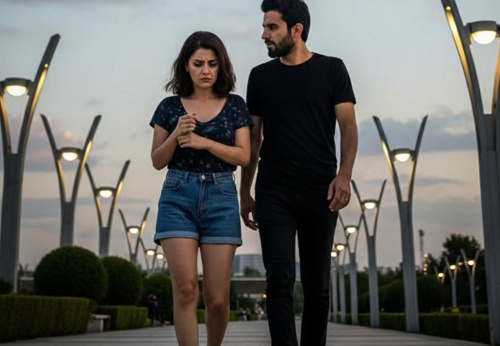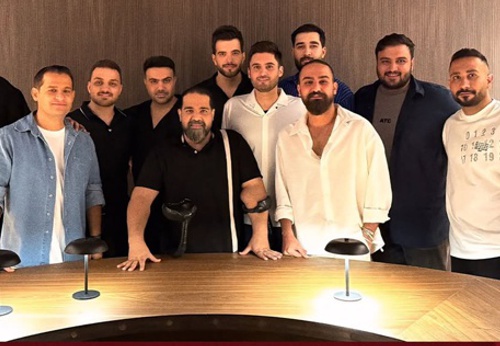Spanish Religious Life a Century Ago
Monastic orders—such as the Jesuits, Franciscans, and Dominicans—played a central role in education and missionary work. Their schools produced much of the intellectual and political elite of the time, and many Spaniards viewed them with reverence, though others criticized their influence. Religious festivals, like Semana Santa (Holy Week) and the feast days of local saints, were central to community life.
At the same time, the early 20th century was marked by tension between secular and religious forces. Liberal and progressive groups called for a separation of church and state, challenging the Church’s privileged role in education and politics. This created a divide: while much of rural Spain remained devout and traditional, growing urban centers saw the rise of secularism and anticlerical movements. Processions filled the streets with statues of the Virgin Mary and Christ, accompanied by brotherhoods (cofradías) in traditional robes. These events blended devotion with regional identity, reinforcing the strong link between faith and culture.
August 31, 2025 | 3:05 am




